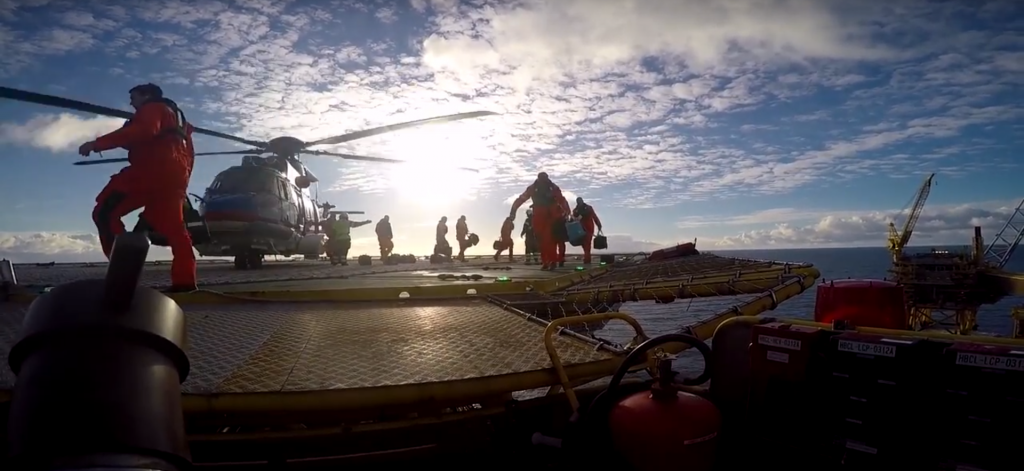
A pile up of tankers waiting in the North Sea suggests a glut is building again in the market where benchmark crude is traded, highlighting the task facing OPEC as it seeks to rein in a global glut.
At least 10 tankers are at or near two locations off the U.K. coast where they must wait to transfer their cargoes, according to vessel-tracking information compiled by Bloomberg. It is rare for more than one or two tankers to remain at the sites — England’s Southwold and Scotland’s Scapa Flow — for multiple days, historical data show. The current increase is also happening amid seasonal work at the U.K.’s largest oil field.
“The physical crude market is already showing signs of weakness with floating storage threatening to build up in the North Sea, in spite of ongoing field maintenance,” according to a research note from JBC Energy GmbH. It cited the vessel pile up at the ship-to-ship transfer sites as one of the indicators of a surplus.
The Organization of Petroleum Exporting Countries is trying to prop up oil prices despite signs that a worldwide supply surplus isn’t getting any better. The group is now ironing out the details of a pact, announced last week in Algiers, that would curb output to 32.5 million to 33 million barrels a day.
The pact triggered a rally in crude prices, which in turn spurred a rush by U.S. shale producers to lock in future prices.
Libya, Nigeria Rebound
The OPEC accord exempts Iran, which is emerging from international sanctions, from production cuts. While precise details of the plan have yet to be thrashed out, Nigeria has also said it won’t have to comply and Libya is unlikely to be asked to because its oil production is a fraction of what it should be. The deal will be finalized at the end of next month.
European refiners “have more options again now that Nigerian and Libyan loadings are rebounding” and crude and petroleum-product stocks remain high, JBC Energy analyst Eugene Lindell said in an e-mail.
There are signs that oil futures respond to the day-to-day changes in the physical oil market. Brent contracts slumped more than 10 percent from mid-July to early August after it emerged that traders had amassed a fleet of tankers that were storing barrels in the North Sea. By mid August, many of those tankers had gone, and futures more than reversed their decline.
Daily exports of the crude grades that comprise the Dated Brent benchmark are set to rise to a seven-month high in November, according to loading programs obtained by Bloomberg.
Shell offered Forties crude this week at a discount of as low as 80 cents per barrel below Dated Brent on a ship-to-ship transfer basis. That compares with the last such deal done on September 20 from Total to Shell at a 5 cents premium.
Meanwhile, the structure of contracts for difference — derivatives used in the North Sea for speculation and hedging — returned to contango, where prices in the future are higher than those at present. A forward curve in contango is an indication of an oversupplied market where prompt cargoes sell at lower prices than those for later delivery.
Recommended for you
